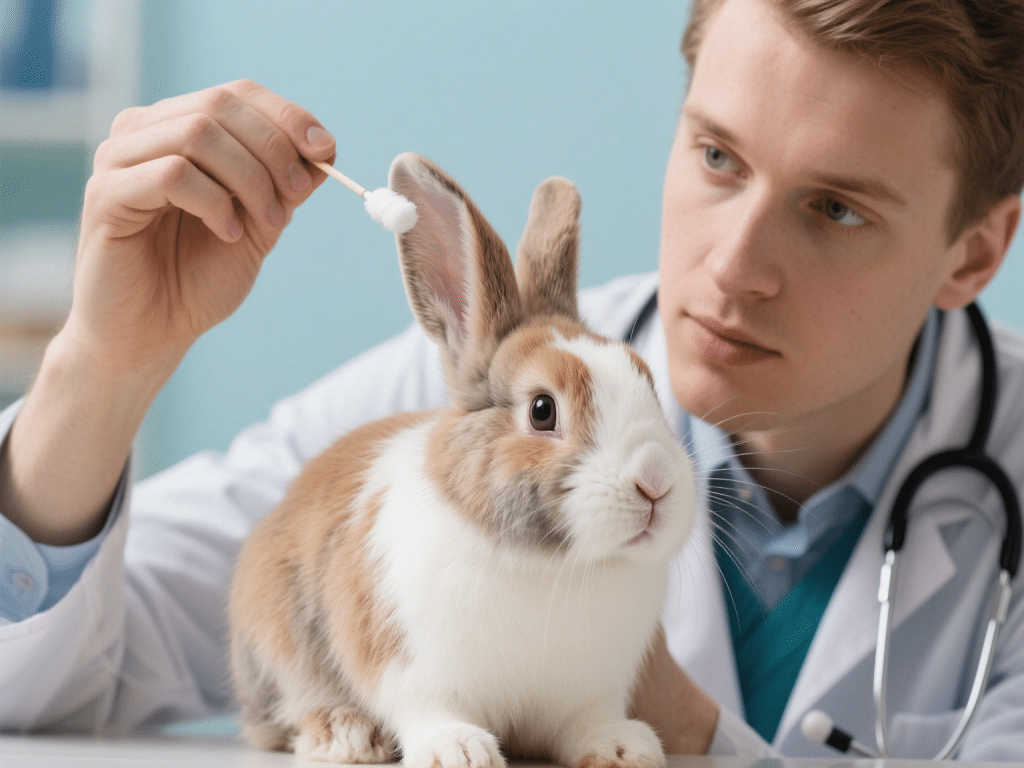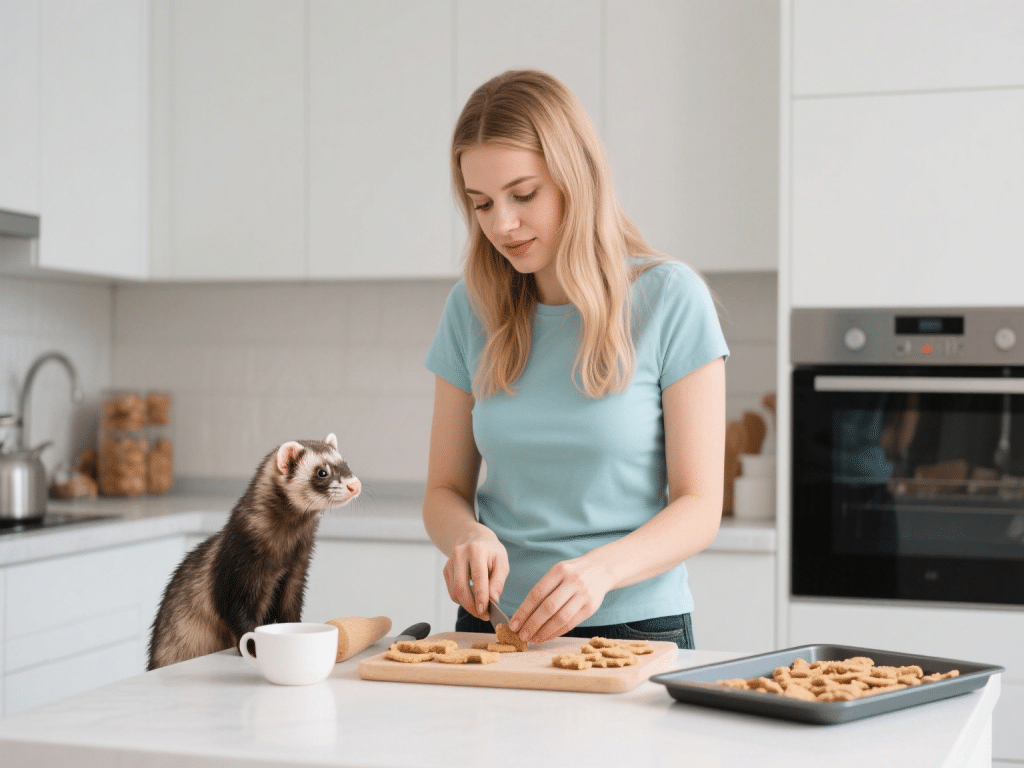Creating a Balanced Raw Diet for Adult Dogs: Nutritional Checklist

Introduction
Raw feeding, also known as the BARF (Biologically Appropriate Raw Food) diet, has gained popularity among dog owners who seek a natural, species-appropriate nutrition model for their canine companions. A balanced raw diet mimics what dogs consumed in the wild—fresh meats, bones, organs, and limited plant matter. When properly formulated, raw diets can enhance coat quality, improve dental health, and boost energy levels. This guide provides a detailed checklist to create a balanced raw diet for healthy adult dogs, addressing essential nutrients, sourcing recommendations, and safe preparation practices.
1. Core Components of a Raw Diet
1.1 Muscle Meat (50–60% of Total Diet)
Examples: Chicken thighs, beef chuck, turkey breast, rabbit.
Nutritional Role: Primary source of high-quality protein and muscle-building amino acids (e.g., lysine, leucine).
Guideline: Rotate protein sources weekly to prevent allergies and ensure nutrient diversity.
1.2 Raw Meaty Bones (10–15%)
Examples: Chicken necks, wings, turkey necks, lamb ribs.
Nutritional Role: Provide calcium, phosphorus, and mechanical dental cleaning.
Safety Note:
Always choose bones that are not weight-bearing (e.g., avoid beef femur).
Supervise your dog to prevent choking; ensure bones are appropriately sized (larger than the dog’s muzzle width).
1.3 Organ Meat (10–15%)
Examples: Beef liver, chicken gizzards, pork kidney.
Nutritional Role: Rich in vitamins A, D, E, B-complex, and essential minerals like zinc and copper.
Proportion: No more than 5% liver (vitamin A can accumulate to toxic levels if excessive). Balance with other organ meats.
1.4 Vegetables and Fruits (5–10%)
Examples: Leafy greens (spinach, kale), carrots, apples (no seeds), blueberries.
Nutritional Role: Provide fiber, antioxidants, vitamins C and K, and phytonutrients.
Preparation:
Finely chop or lightly steam to improve digestibility.
Avoid onions, garlic, grapes, raisins, and avocado (toxic to dogs).
1.5 Supplements and Additives (5–10%)
Omega-3 Fatty Acids:
Source: Fish oil (salmon or sardine oil).
Dose: 20–50 mg EPA + DHA per kg of body weight daily.
Benefit: Anti-inflammatory, skin and coat support, joint health.
Probiotics and Prebiotics:
Yogurt (plain, unsweetened) or specialized canine probiotic supplements.
Promote healthy gut flora and digestion.
Mineral and Vitamin Mix:
Optional if diet is varied, but can ensure balanced trace minerals (iodine, selenium).
Use a reputable brand formulated for raw feeders; follow label dosing.
2. Calculating Nutrient Ratios
2.1 Protein Requirements
Adult Maintenance: 18–25% crude protein (dry matter basis).
Active Adult Dogs: 25–30% protein. Adjust based on activity level and breed.
2.2 Fat Requirements
Adult Maintenance: 10–15% crude fat.
High-Performance Dogs: Up to 20–25% fat to support energy demands.
Fat Sources:
Animal fats from muscle meat.
Supplement with fish oil or flaxseed oil (max 1 tsp per 10 kg to balance omega-6:omega-3 ratio ~5:1).
2.3 Calcium-to-Phosphorus Ratio
Ideal Ratio: 1.2:1 to 1.5:1 (calcium slightly higher than phosphorus).
Bone Inclusion:
Raw meaty bones typically yield a Ca:P ratio of ~2:1.
If using bone-free cuts, add calcium carbonate (approx. 750 mg per 454 g of muscle meat).
2.4 Vitamin and Mineral Targets
Vitamins:
Vitamin A: 5000–10000 IU/kg of diet.
Vitamin D: 750–1000 IU/kg.
Minerals:
Iron: 80 mg/kg.
Zinc: 100 mg/kg.
Selenium: 0.1 mg/kg.
Use balanced premixes or carefully monitor organ inclusion to meet these thresholds.
3. Sourcing and Safety Practices
3.1 Selecting Quality Ingredients
Meats: Purchase from reputable butcher shops or grocery stores. Opt for USDA-inspected labels if available.
Bones: Use only raw, never cooked (cooked bones splinter and pose choking hazards).
Organs: Choose fresh, high-quality organs; avoid excess fat trims to prevent imbalanced diets.
3.2 Safe Handling and Storage
Freezing Protocol: Freeze meat at –18°C for at least 3 days to kill potential parasites (e.g., tapeworm cysts).
Thawing: Thaw in the refrigerator overnight; avoid countertop thawing.
Sanitation:
Use separate cutting boards and utensils for raw pet food.
Wash hands, surfaces, and bowls with hot, soapy water immediately after contact.
Sanitize with a mild bleach solution (1 tbsp bleach per 1 L water) weekly.
4. Sample Weekly Menu (80 lb Adult Dog)
Note: Always adjust portion sizes based on body condition score (BCS) and activity level. Consult a veterinary nutritionist for precise tailoring.
| Day | Muscle Meat | Bone (Raw Meaty) | Organ Meat | Veg/Fruit | Supplements |
|---|---|---|---|---|---|
| Monday | 1 lb chicken thighs | 0.3 lb chicken necks | 0.1 lb chicken liver | 0.05 lb blended spinach/carrot | 100 mg fish oil, 1 tsp probiotic yogurt |
| Tuesday | 1 lb beef chuck | 0.2 lb lamb ribs | 0.1 lb beef kidney | 0.05 lb grated apple | 100 mg fish oil, mineral premix |
| Wednesday | 1 lb turkey breast | 0.3 lb turkey necks | 0.1 lb turkey gizzard | 0.05 lb steamed pumpkin | 100 mg fish oil, 1 tsp plain yogurt |
| Thursday | 1 lb pork shoulder | 0.25 lb pork ribs | 0.1 lb pork liver | 0.05 lb blueberries | 100 mg fish oil, mineral premix |
| Friday | 1 lb rabbit meat | 0.2 lb rabbit bones | 0.1 lb rabbit organ mix | 0.05 lb kale/carrot blend | 100 mg fish oil, 1 tsp probiotic yogurt |
| Saturday | 1 lb fish fillet (salmon) | 0.15 lb fish bones | 0.1 lb fish roe (optional) | 0.05 lb grated zucchini | 200 mg fish oil (pure), minimal organ |
| Sunday | 1 lb mixed muscle meats (rotated) | 0.25 lb mixed bones | 0.1 lb mixed organ meats | 0.05 lb chopped broccoli | 100 mg fish oil, mineral premix |
(Adjust weight proportionally for smaller or larger dogs.)
5. Monitoring and Adjusting the Diet
Body Condition Scoring (BCS):
Aim for a BCS of 4–5/9 (visible waist, ribs palpable but not protruding).
Re-evaluate every 2 weeks; adjust portion sizes by 5–10% if weight changes by >2%.
Stool Quality:
Ideal stools are firm, moist, brown, with minimal odor.
Loose or overly firm stools may indicate excessive fat or bone; adjust ratios: reduce bones by 10% if constipation, reduce fat if diarrhea.
Coat and Skin Health:
A shiny, dense coat indicates adequate essential fatty acids.
Dry skin or excessive shedding may require increased omega-3 supplementation or added vitamin E (200 IU every other day).
Periodic Bloodwork:
Monitor calcium, phosphorus, BUN/creatinine, liver enzymes every 6 months during first year, then annually to ensure no subclinical nutrient imbalances.
Conclusion
Formulating a balanced raw diet for adult dogs demands attention to macronutrient ratios, high-quality ingredient sourcing, and rigorous safety protocols. By combining 50–60% muscle meat, 10–15% raw meaty bones, 10–15% organ meat, and 5–10% vegetables, and supplementing with omega-3s, probiotics, and trace mineral premix, you can replicate a biologically appropriate regimen that supports optimal canine health. Consistent monitoring—through BCS, stool evaluation, and periodic bloodwork—ensures that your dog thrives on a safe, nutritious raw diet.









Comments on "Creating a Balanced Raw Diet for Adult Dogs: Nutritional Checklist" :